There are over 100 grape varieties grown in California, from Zinfandel to Chardonnay to Pinot Noir to Mondeuse to Cabernet Sauvignon. It’s no surprise that with such geological and climatic diversity, California is home to such an array of cultivars. Whether they arrived by way of immigration, mavericks packing cuttings in suitcases, or modern-day producers rearing new clones in nurseries, these varieties have developed their own distinct identities in California.
Here you will find comprehensive profiles on these grape varieties: how and where they are grown, what happens at the winery, what to expect from the finished wines, and an inspiring menu of food pairings compiled by leading California sommeliers and restaurateurs.
-
Chardonnay
Chardonnay is the most popular white wine in the United States, most widely planted (9% of US vineyards), and it excels in the Golden State.

-
Sauvignon Blanc
Sauvignon Blanc is one of the most widely planted winegrapes in the world and is produced in a broad range of styles and flavors.
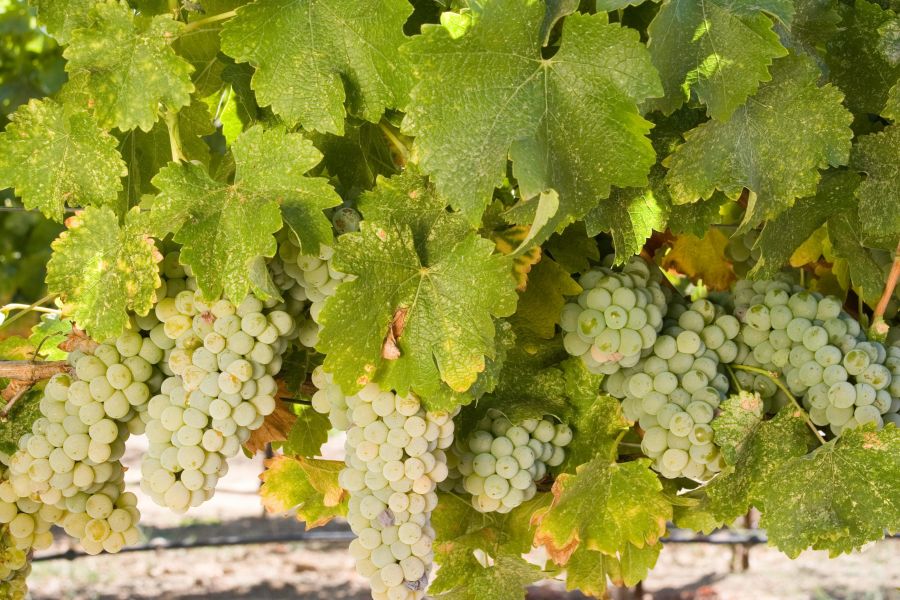
-
Pinot Gris
Pinot Gris -- or Pinot Grigio, depending on geography and interpretation -- has become a global wine juggernaut.
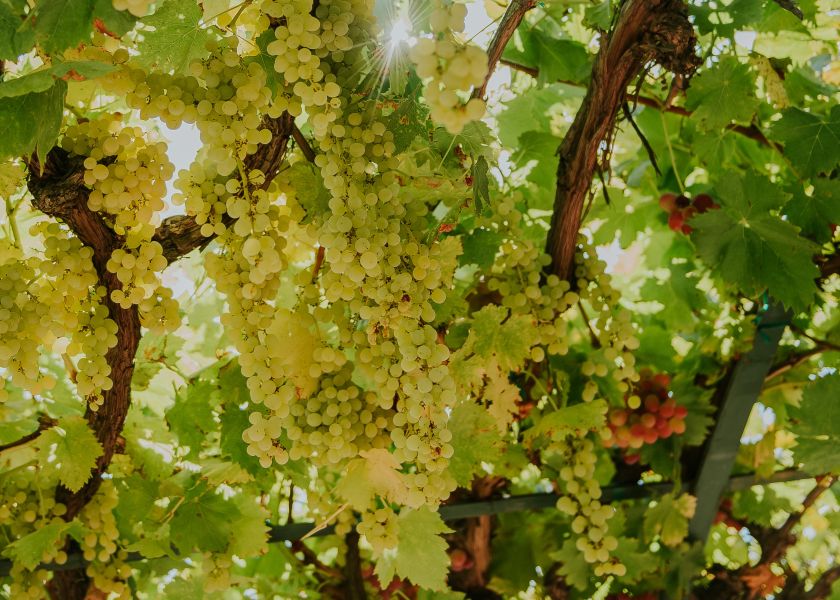
-
Viognier
Viognier is a rare and idiosyncratic grape. Its flavors are at once exotic and provocative.
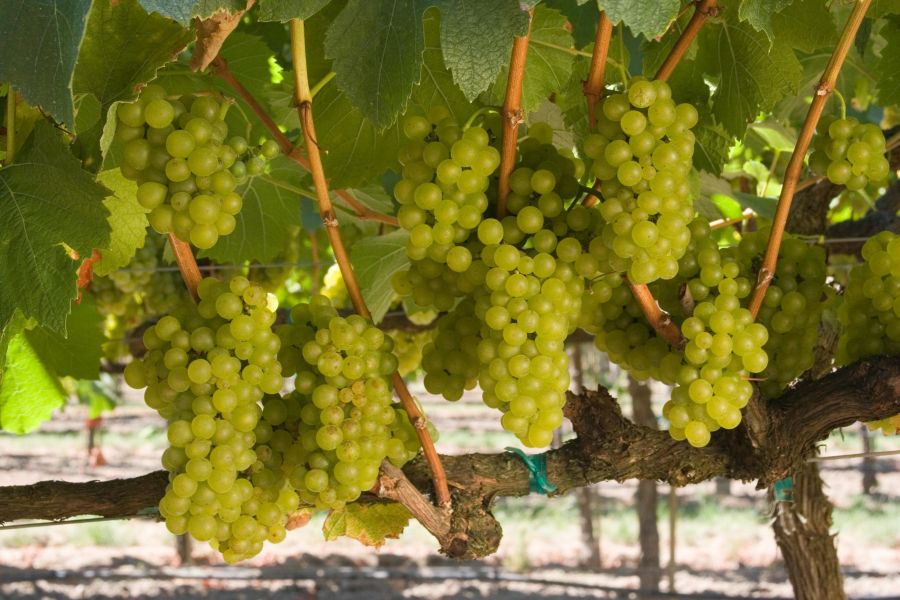
-
Riesling
The white grape responsible for some of the greatest wines in the world has a devoted, but decidedly niche audience.
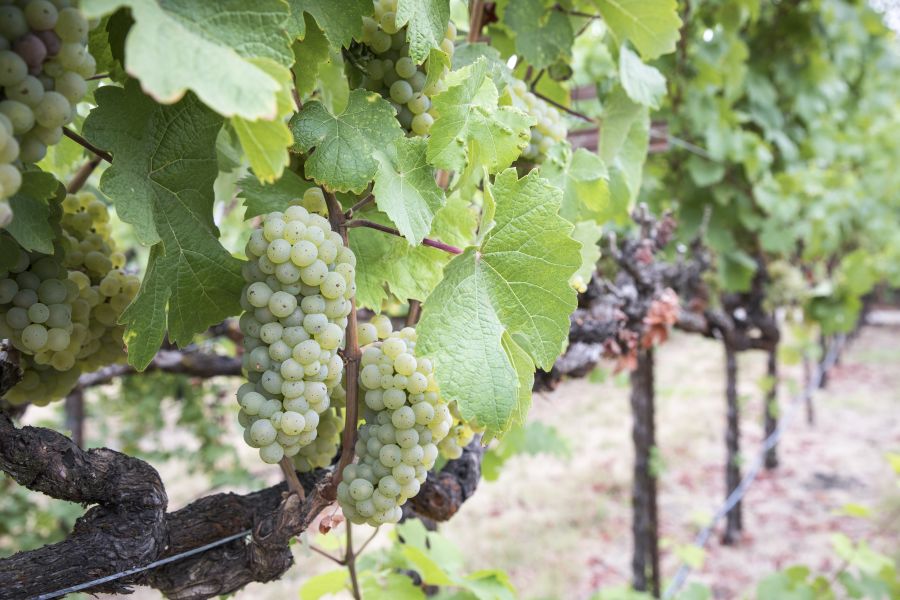
-
Chenin Blanc
Chenin Blanc (ˈshe-nən-ˈbläŋk) has fallen in and out of favor so many times that you could be forgiven if you haven’t had the chance to try this wonderfully multifaceted grape.
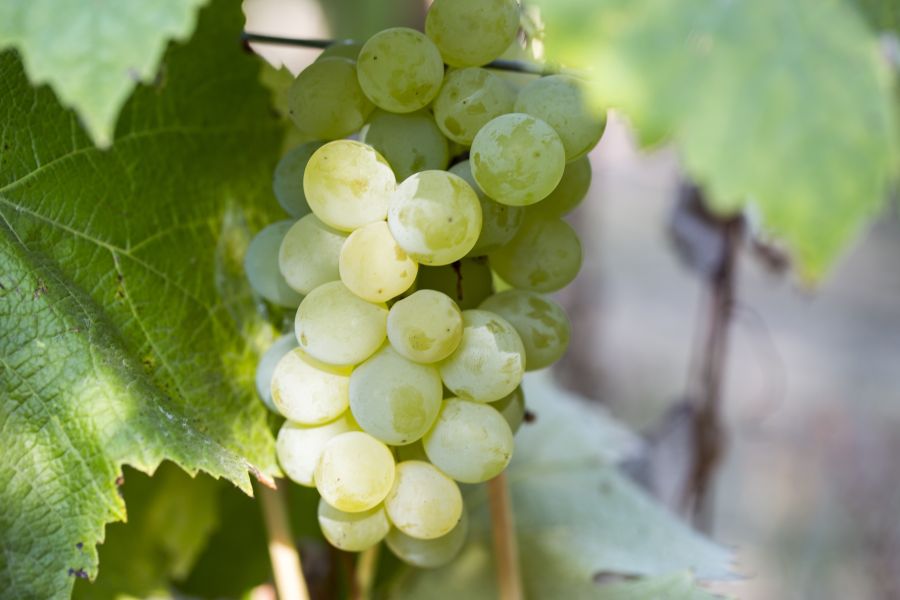
-
Muscat
Muscat (ˈmə-ˌskat) is, in this author’s opinion, the most difficult singular grape variety to write about for these guides.

-
Pinot Blanc
Pinot Blanc is a wonderfully food-friendly, tasty wine worthy of shelf space in any epicure's refrigerator.
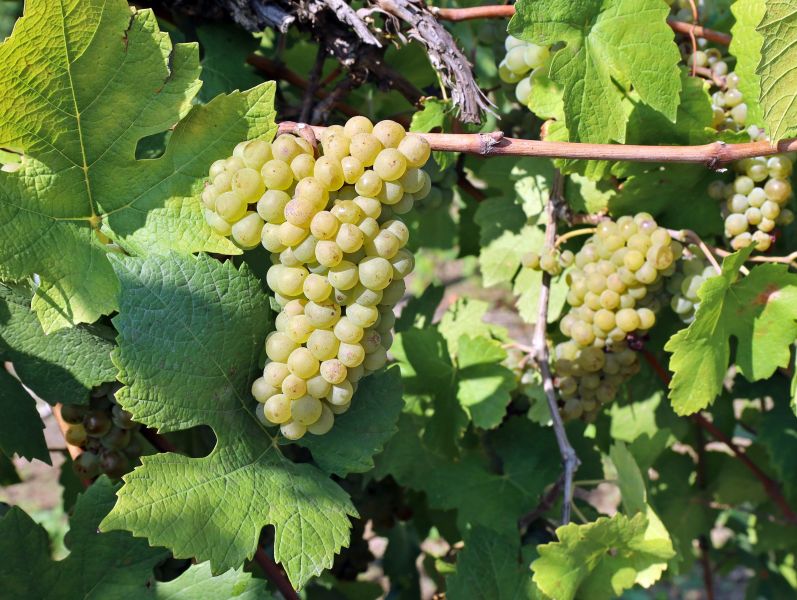
-
Sémillon
Sémillon is the third most planted white wine grape in France and is made alternatively in dry and sweet styles throughout Bordeaux and the southwest.
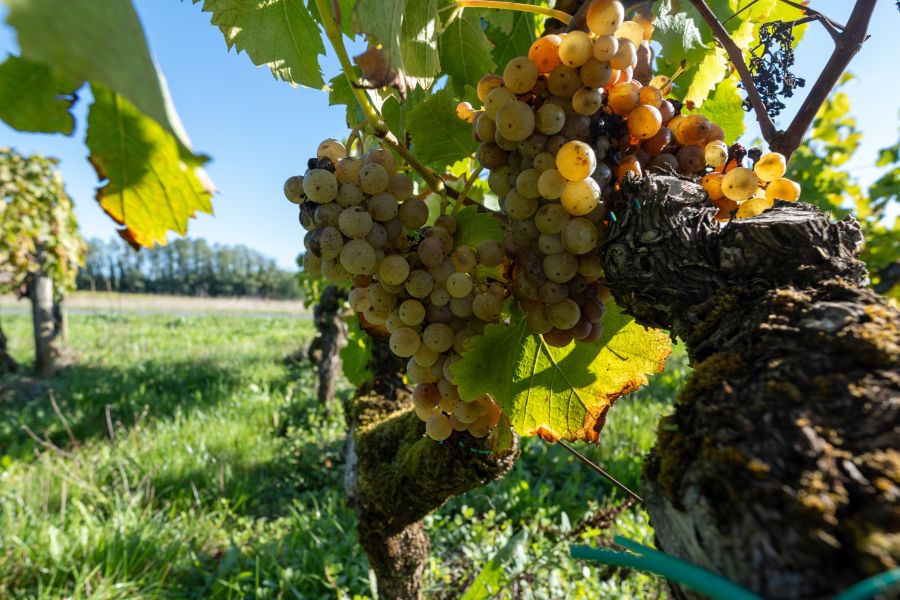
-
Grenache Blanc
Like most any superhero, Grenache Blanc is full-bodied, charming, and powerful.
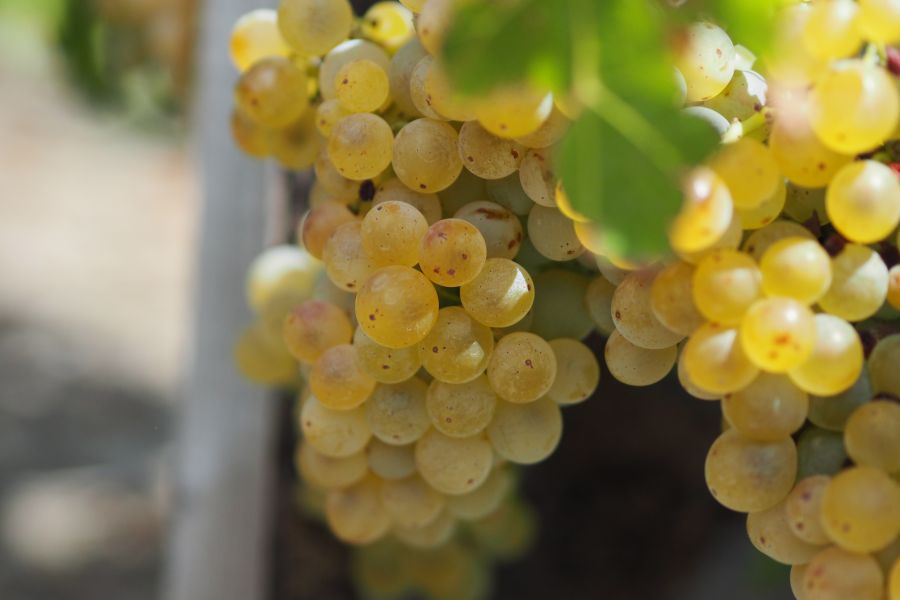
-
Marsanne
Well-made Marsanne is a real treat and can be just wonderful at table.
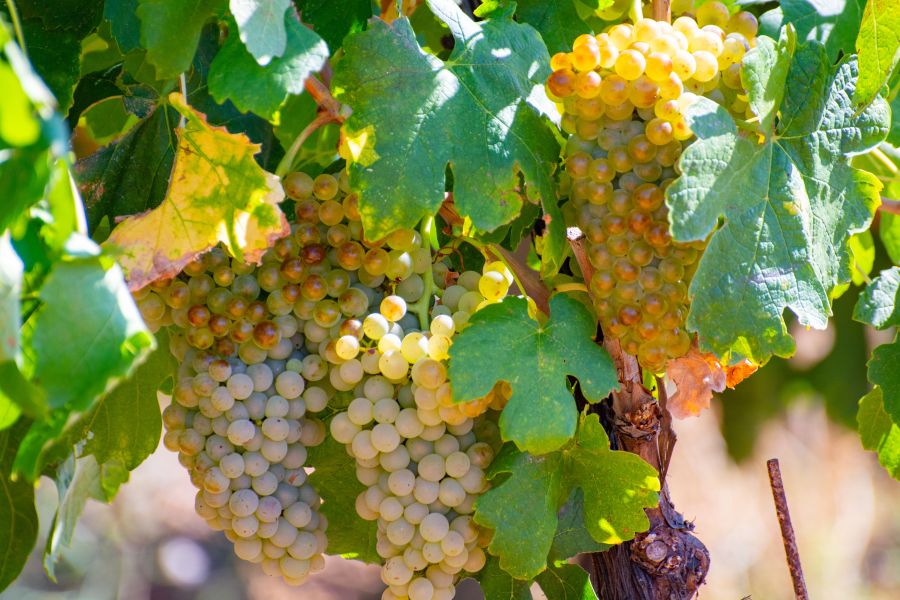
-
Roussanne
Roussanne is a grape that you should definitely know. Sadly, this rich, honeyed grape is fast disappearing from the vineyards of Hermitage and other northern Rhône Valley appellations where it once held court.
-
Gewürztraminer
The wine that sounds like a sobriety test is remarkable for its accessible, delicious, straightforward character.
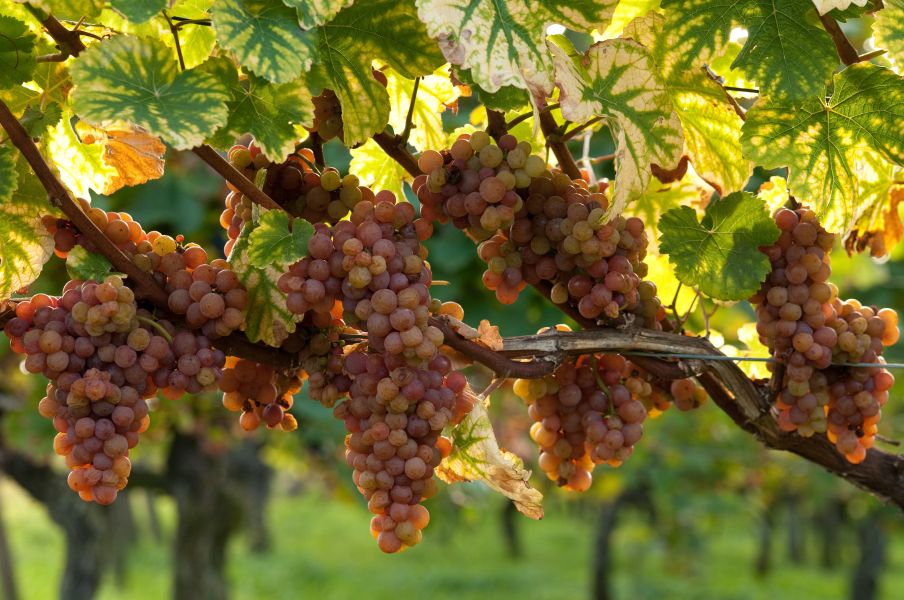
-
Cabernet Sauvignon
Cabernet is indeed a wine of kings and, for many, the king of wines. It is the most popular red wine in the United States, most widely planted, and seminal to California’s wine industry.
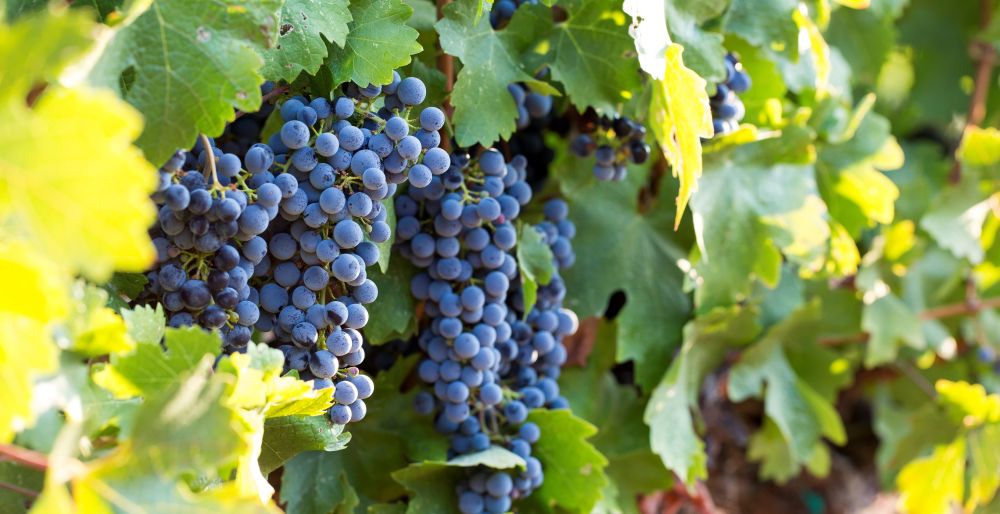
-
Merlot
Merlot has been present as a varietal on American store shelves and wine lists for less than 50 years!
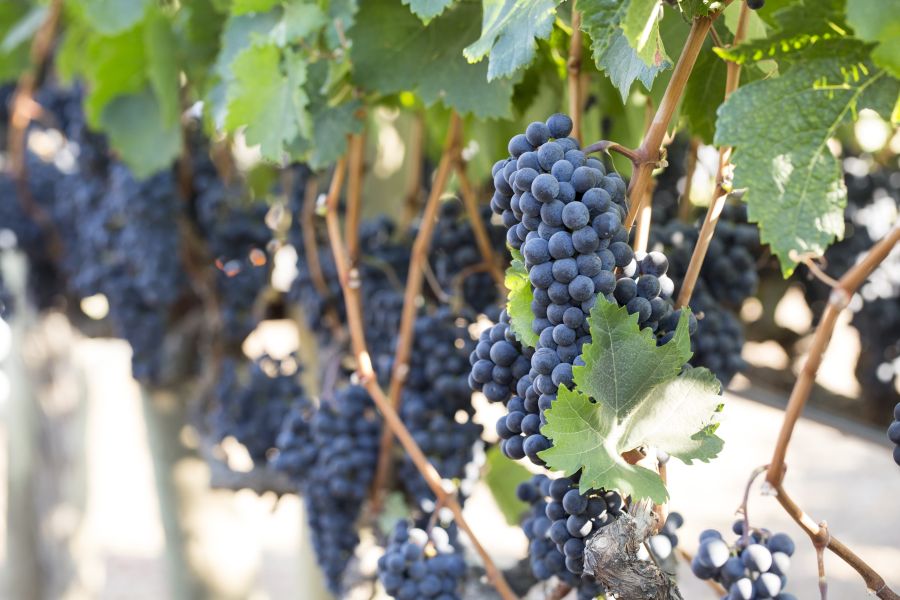
-
Pinot Noir
Named after the pinecone shape of the grape bunches, Pinot Noir has been cultivated in Burgundy since the first century AD. However, the first documented mention of Pinot Noir as a named variety in Burgundy does not occur till 1345.
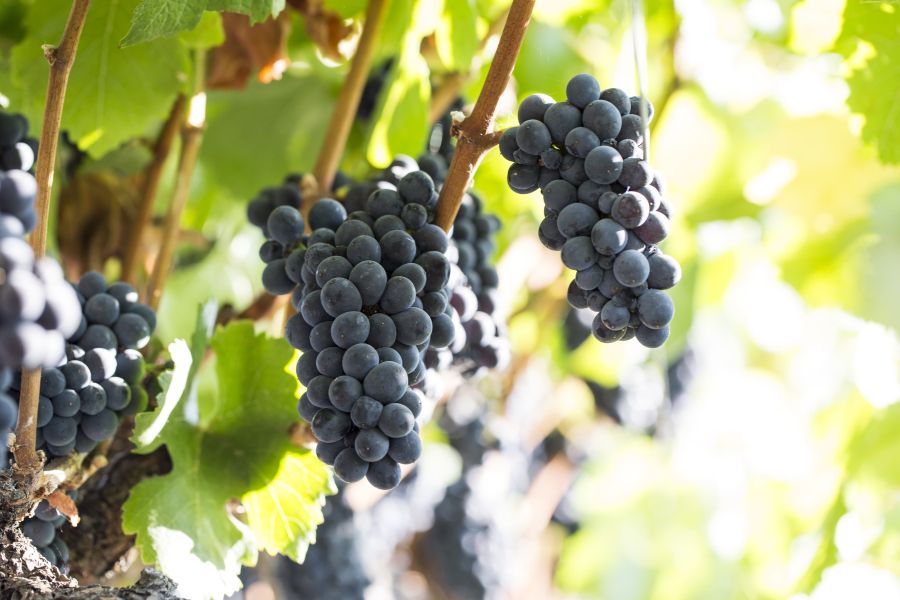
-
Syrah
The most important grape of France's Northern Rhône Valley and the red variety that drives the wine industry of Australia.
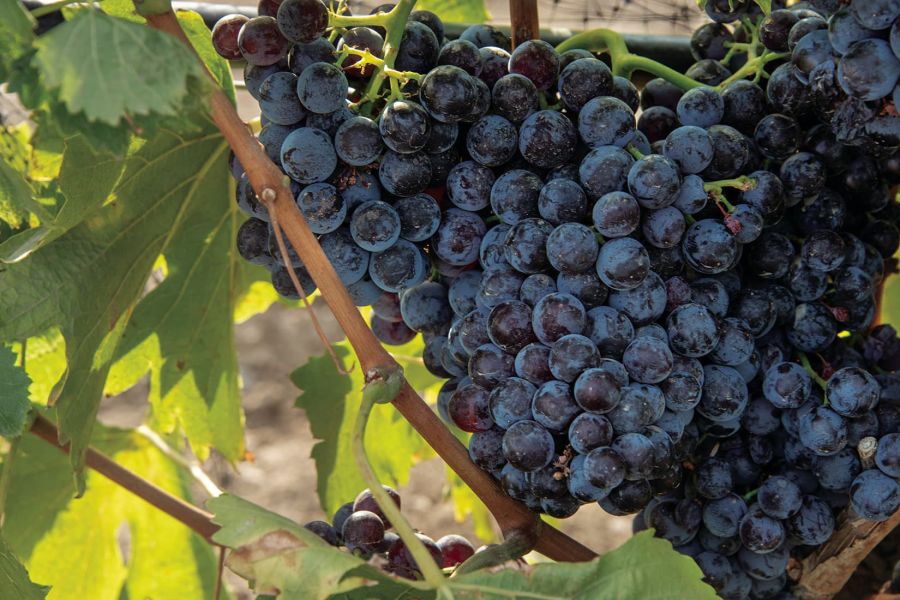
-
Zinfandel
Prior to its study, Zinfandel was known as California’s mystery grape.
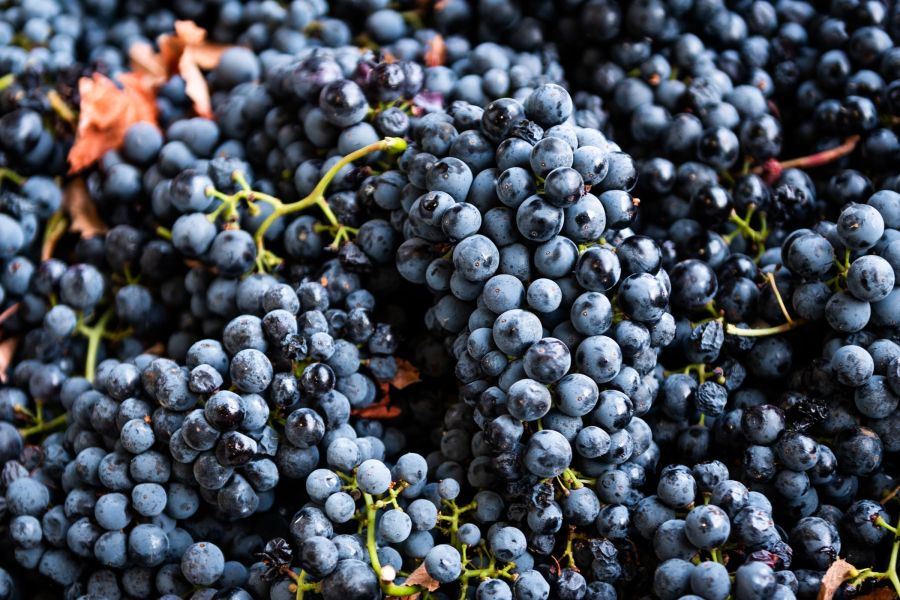
-
Barbera
ln the Piedmont region of northwest Italy, local vintners like to say that Barolo and Barbaresco (each made from Nebbiolo grapes) are for selling, and Barbera is for drinking.
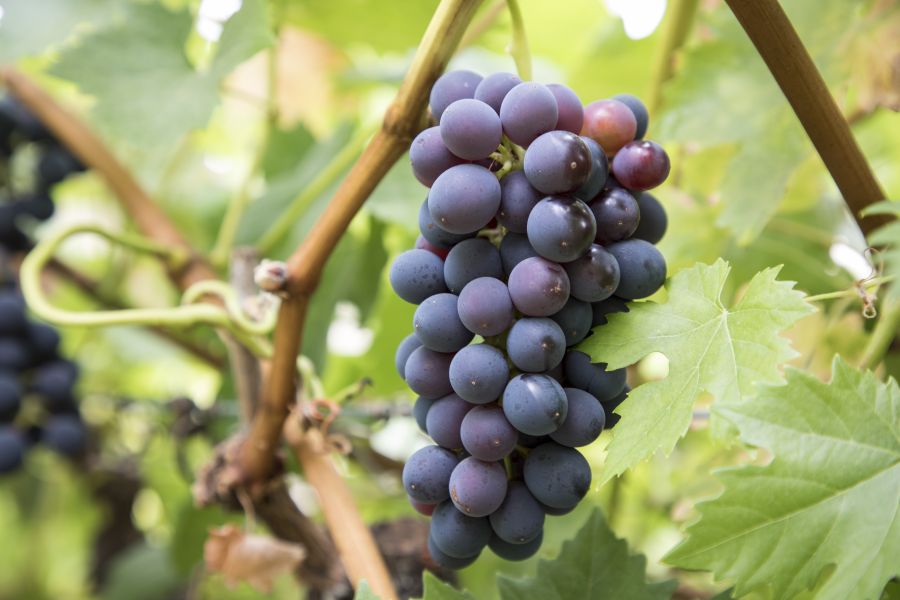
-
Grenache
Australian Grenache, the country's number two grape (after Shiraz), makes and contributes to many of the country's best red wines.
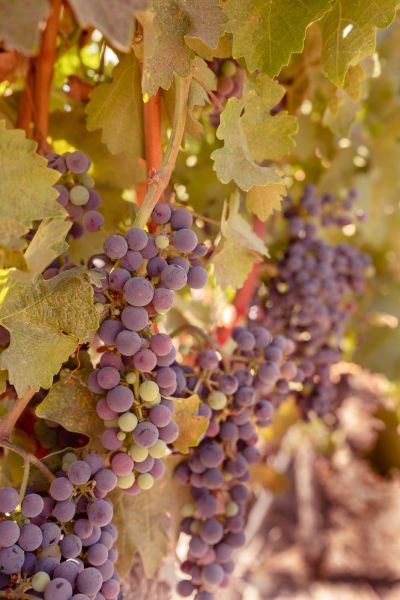
-
Malbec
Malbec makes great wines anywhere in the country. There may be regional differences, but the results are always good
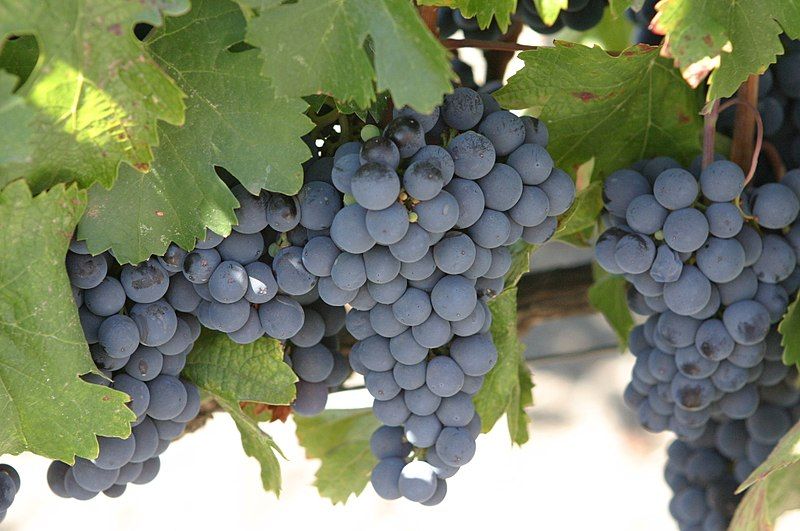
-
Petite Sirah
Often confused with "real" Syrah, "real" Petite Sirah is actually a grape called Durif named for Dr. François Durif who, in the 1800s, created this cross of the prized Syrah with the less prized Peloursin variety which originated in France's Rhône Valley.
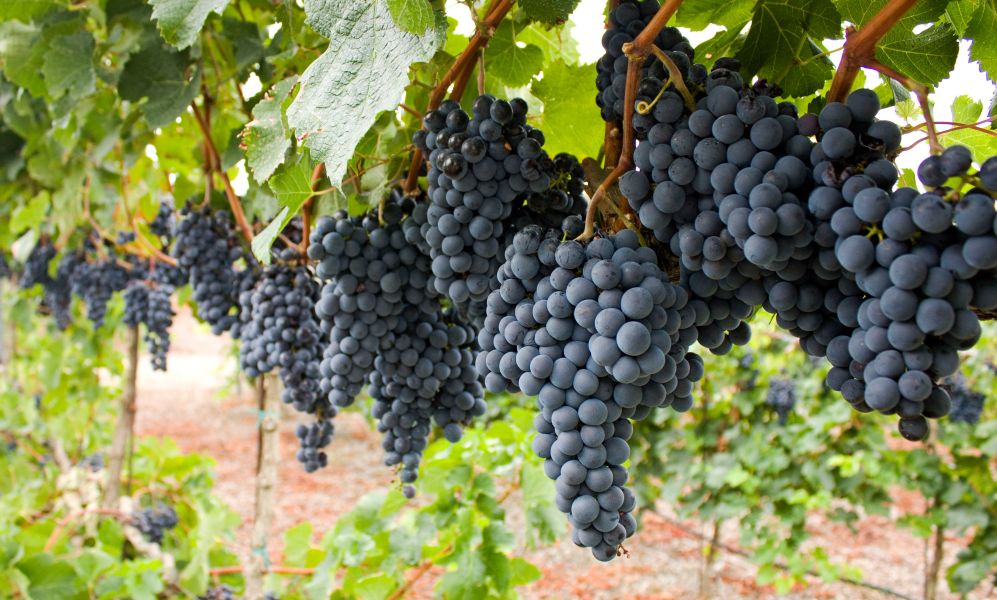
-
Cabernet Franc
Steady rather than a superstar, Cabernet Franc is often the key player on any blended red-wine team.
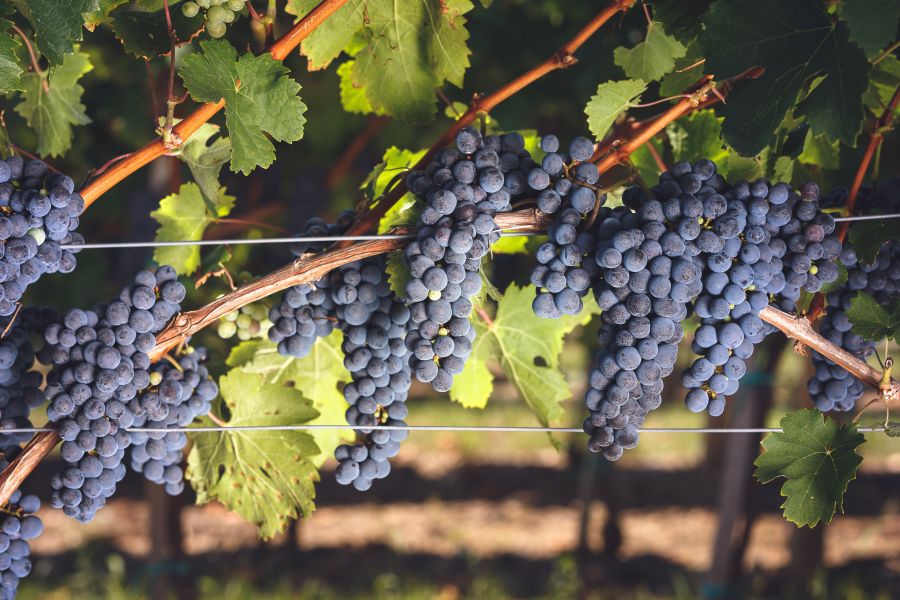
-
Sangiovese
Sangiovese is the primary grape of Chianti, which is not a wine, as is commonly thought, but rather the best-known subregion in Italy's Tuscany region.
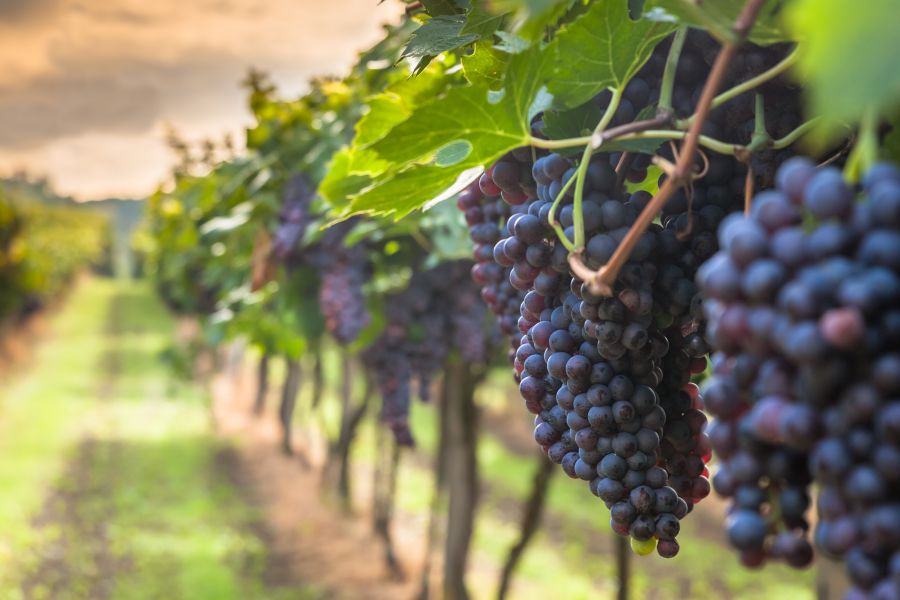
-
Mourvèdre
Overlooked but interesting, regardless of what you call it, this grape offers up peppery fruit and an edgy earthiness.
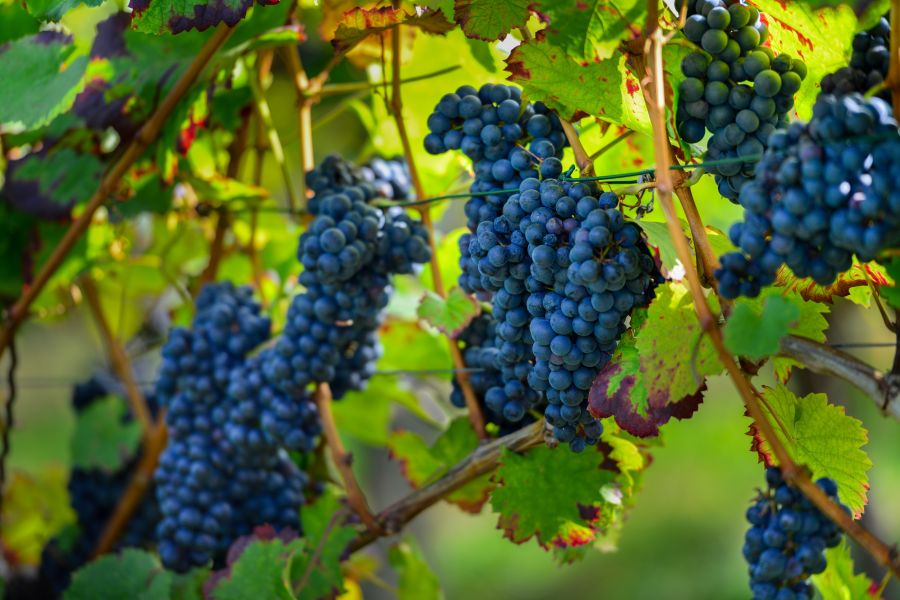
-
Tempranillo
The most important red grape of Spain, Tempranillo has rich red to black fruit, signature balsamico flavors, and an ability to age gracefully.
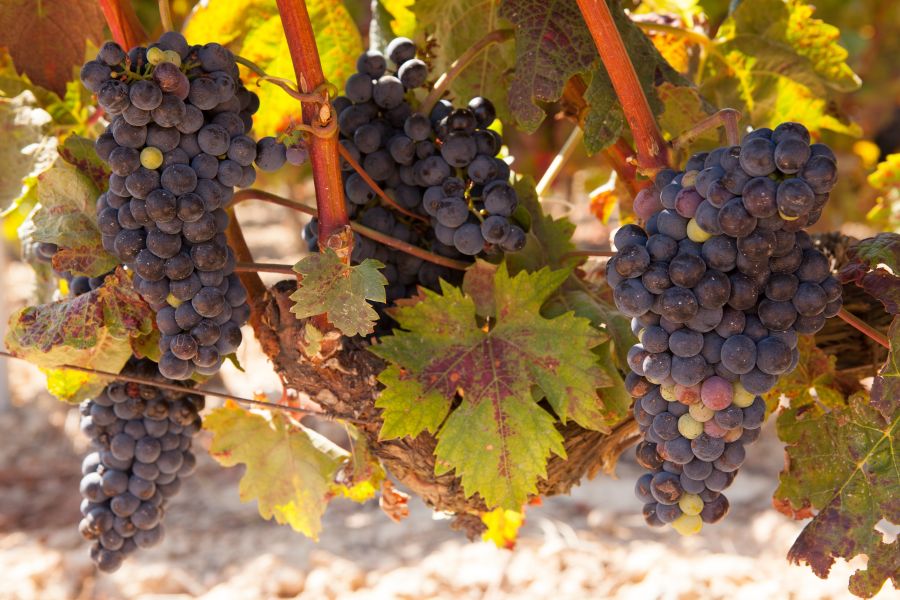
-
Sparkling Wine
The best sparkling wines are made from blends of several grape varieties, notably Chardonnay, Pinot Noir, and Pinot Meunier (the classic trio used in Champagne, France).

-
Rosé Wine
The best rosé wines are made from individual grapes or blends of several varieties.
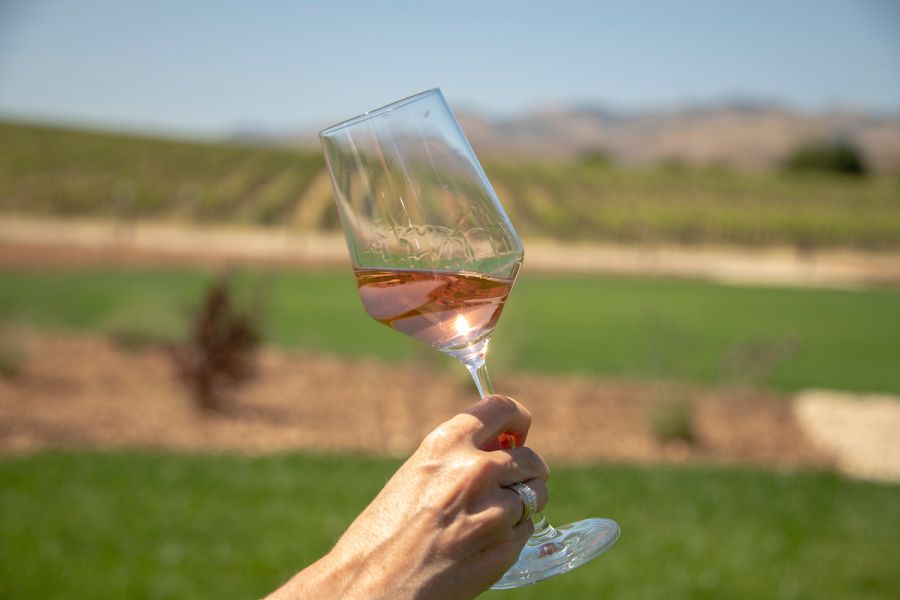
-
Dessert Wines
While styles of dessert wines differ by grape from country to country and regionally, virtually all wine-growing areas make and adore their sticky wines.

